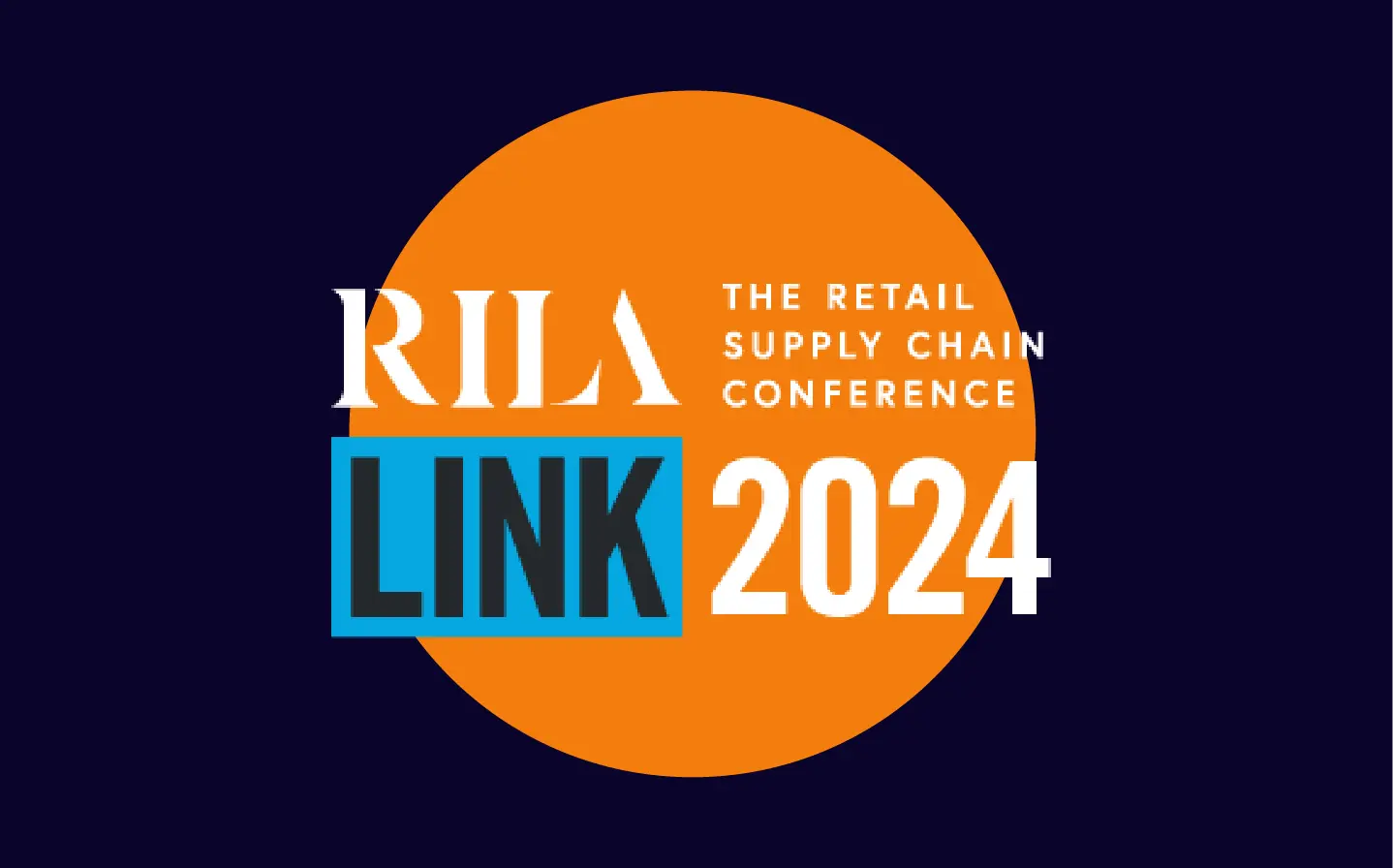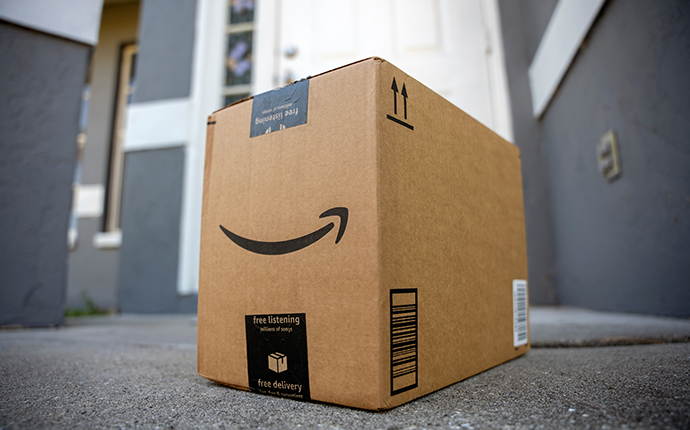You want to ship smart and sustainably – while also maximizing your profit. First step? Calculate and understand your carbon footprint.
Why start there?
Knowing where your footprint stands gives you a baseline to measure all ‘green’ supply chain initiatives and sustainability agendas against.
We know it can be challenging for shippers to know where to start but as the carbon crisis becomes a top customer priority, it’s expected for shippers to estimate and communicate their carbon footprints publicly. Which is now top priority for you. Customers are looking to align with companies that are transparent in their commitments to reduce carbon emissions and be environmentally sustainable.
So, here’s everything you need to help you understand the carbon emissions associated with your shipping business, how to calculate them, and what tools are at your disposal to enhance your sustainability efforts. (With the added benefit of meeting customer expectations.)
What is a carbon footprint?
It’s how the greenhouse gases (GHG) your business produces are measured. And a measurable greenhouse gas primarily associated with shipping, is carbon dioxide, but methane and nitrous oxide are also monitored forms of GHGs.
Carbon dioxide is generated by burning fossil fuels (crude oil, coal, natural/derived gas, petrol, diesel, and other non-renewable waste.) These emissions enter the atmosphere from a warehouse or manufacturing facility, transportation vehicles, or an any other supply chain activity that burns fossil fuels.
Here’s a quick video breakdown!
Why is your shipping carbon footprint important?
Carbon footprinting and emissions accountability is becoming standard for shippers and more important than ever to consumers as eCommerce continues to explode. But let’s be honest – we don’t need to explain the gravity of the climate crisis and what role we play in saving the planet. The attention to the environmental impact of parcel shipping is at an all-time high, and consumers aren’t just tired of businesses greenwashing – they expect real solutions to many unsustainable issues along the supply chain.
And who wouldn’t when the transportation sector (including shipping) is becoming the largest contributor to greenhouse gases – EPA reports a contribution of over 29% of global emissions. In fact, eCommerce parcel is only adding to the problem as shippers and carriers try to crank out orders quickly to satisfy customers’ demands.
Last mile delivery is so environmentally impactful, the World Economic Forum (WEF) reported that both parcel and freight contributed 19 million tonnes of carbon emissions throughout the top 100 largest cities (globally). Moreover, they reported that without proper infrastructure and policy intervention, they expect that figure to rise to over 25 million tonnes.
Why is last mile delivery so impactful to your shipping carbon footprint?
Larger shipment volumes + more shipments = greater carbon emissions/waste.
Consumer demand is skyrocketing, and that means more packages are being delivered at a higher frequency. So when speed is just as important as demand itself, it’s a recipe for carbon emission disaster.
Because faster delivery is made possible when more delivery vehicles are ‘on the road’, and speed is prioritized over space. The results are trucks that aren’t being filled to their full capacity to ensure more deliveries are made. It’s inefficient and environmentally harmful. And when there’s more delivery vehicles, carbon emissions increase – and so does traffic. Great!
That’s just the transportation and delivery aspect of the supply chain.











